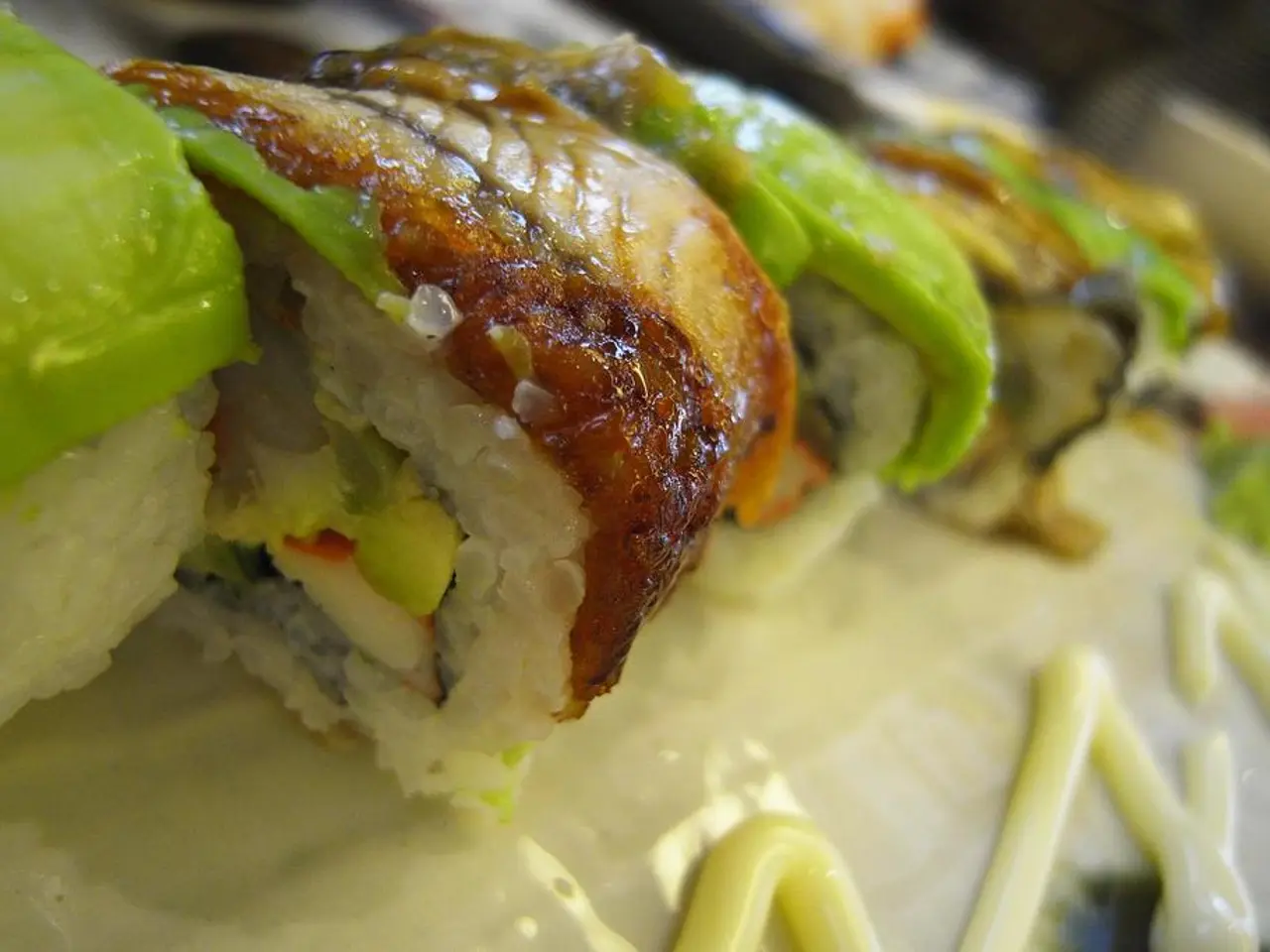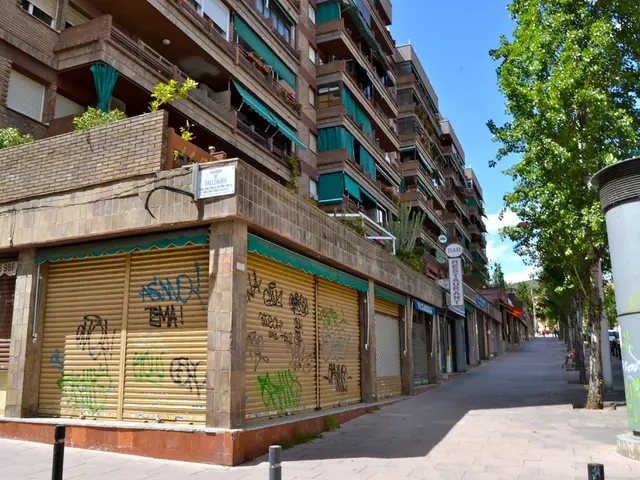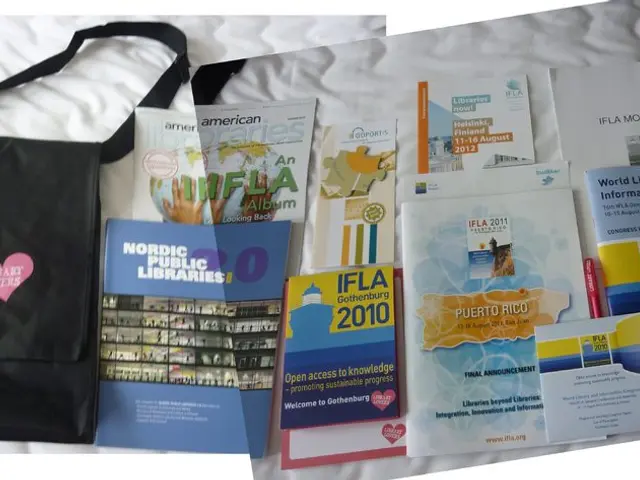Philippine Culinary Heritage at Risk: PCHM and FFM Fight to Preserve Indigenous Dishes
Indigenous cuisines, including those of the Philippines, face threats from globalization, urbanization, and loss of traditional knowledge. Yet, efforts like the Philippine Culinary Heritage Movement (PCHM) and Filipino Food Month (FFM) strive to protect and promote these culinary treasures.
Traditional Filipino dishes, deeply rooted in the nation's beliefs and culture, are at risk. Labor-intensive processes and urban development threaten dishes like duman, while limited demand and availability of alternatives push indigenous ingredients like tabon-tabon into obscurity. Environmental degradation, commercial agriculture, and lack of documentation further endanger local food traditions. However, social media can foster discourse and promote their preservation.
Organizations like PCHM and FFM are dedicated to protecting and promoting Philippine culinary culture. They empower local farmers, support food artisans, document practices, and advocate for heritage-friendly practices. Their efforts aim to keep dishes like duman on the table and ingredients like tabon-tabon in the spotlight.
The future of indigenous cuisines in the Philippines hangs in the balance, but initiatives like PCHM and FFM offer hope. By empowering locals, documenting traditions, and advocating for heritage-friendly practices, they work to preserve the nation's culinary heritage for future generations.
Read also:
- Jonathan Anderson's Dior Debut: A Sensual, Playful Homage to Galliano and Horror
- Ledger Art: A Timeless Plains Indian Tradition That's Still Captivating Collectors Today
- Festival spanning two days in Bamberg potentially featuring a notable attendee?
- Spectacular Train Rides Offering Canada's Most Awe-Inspiring Panoramas








